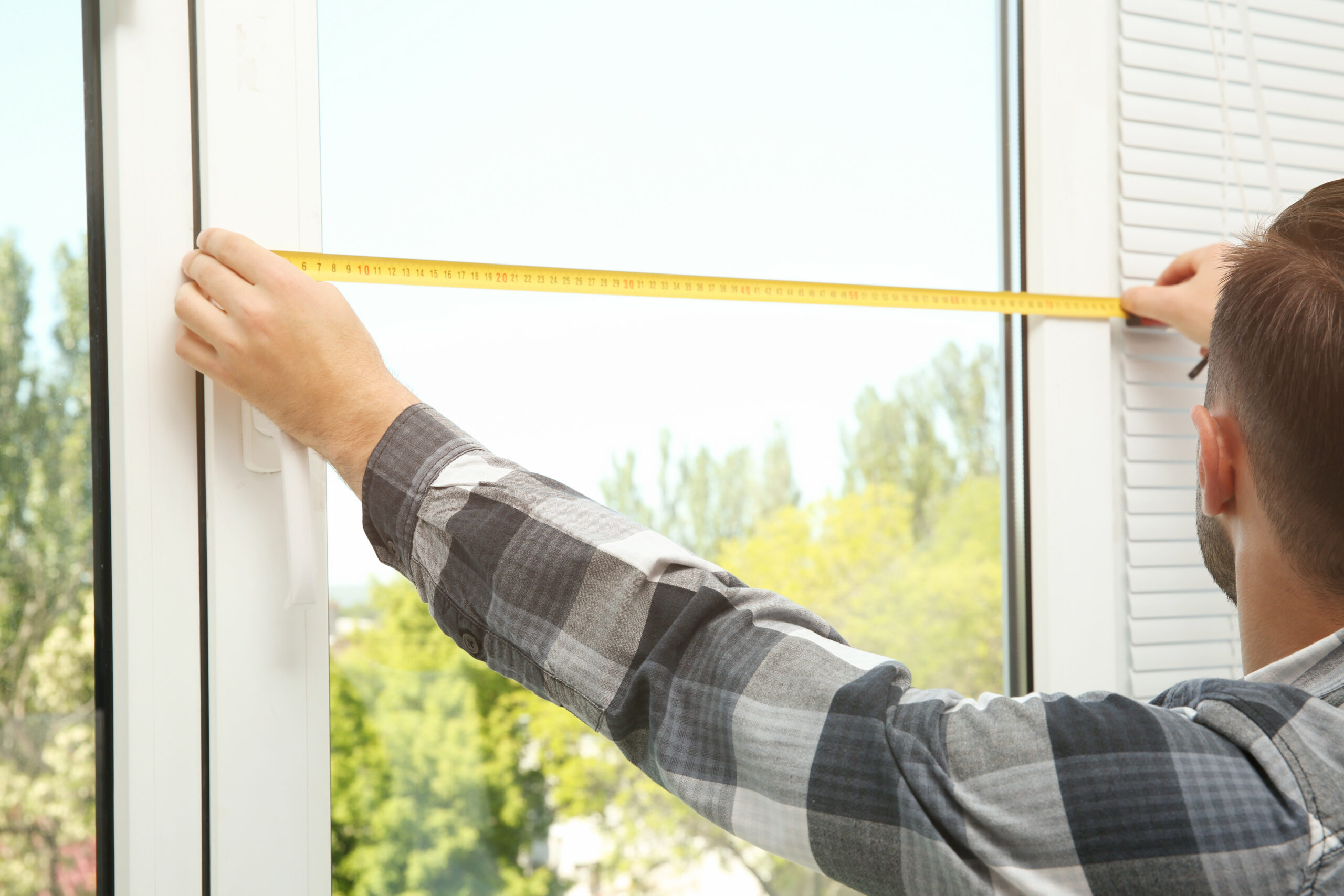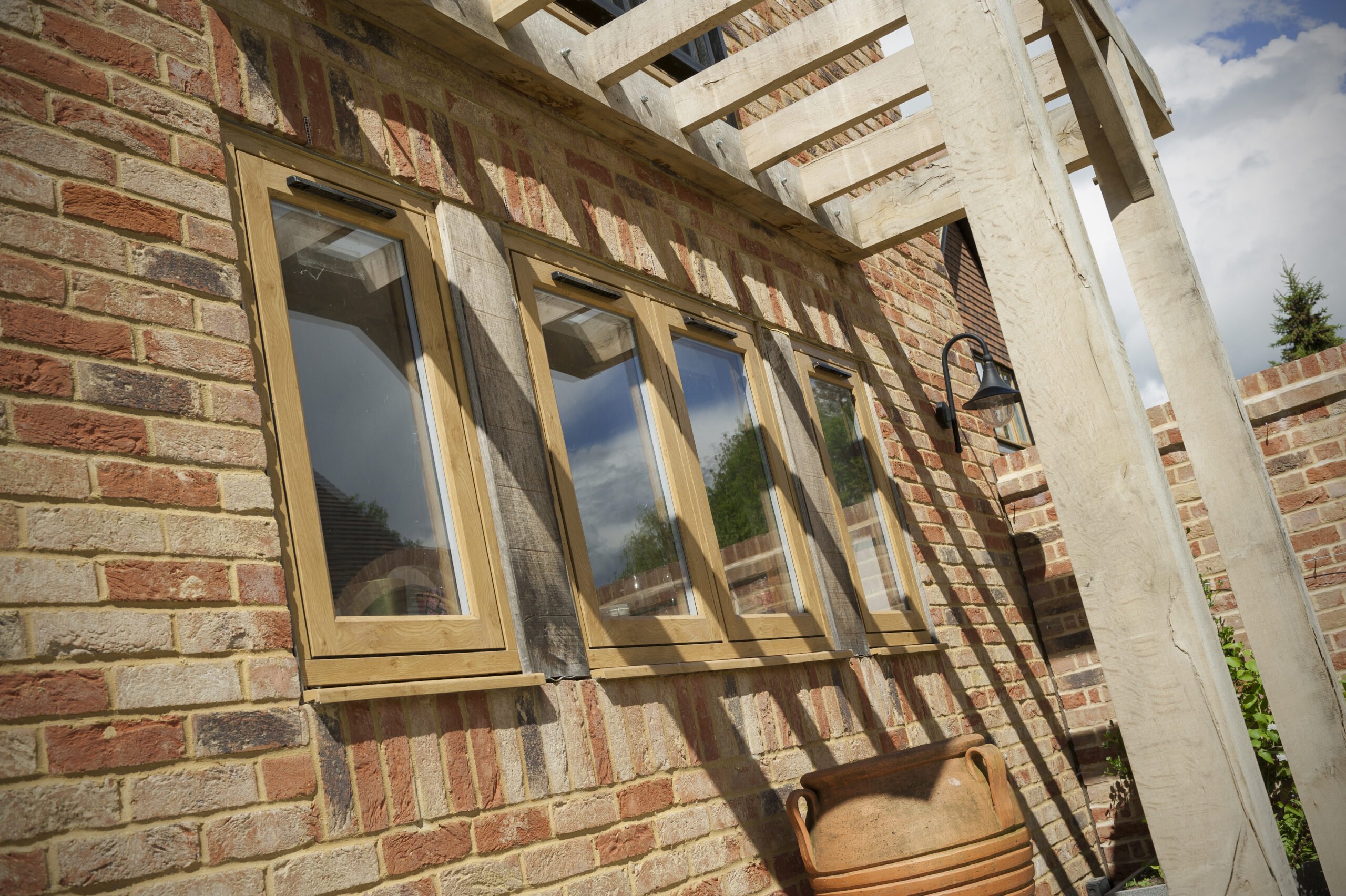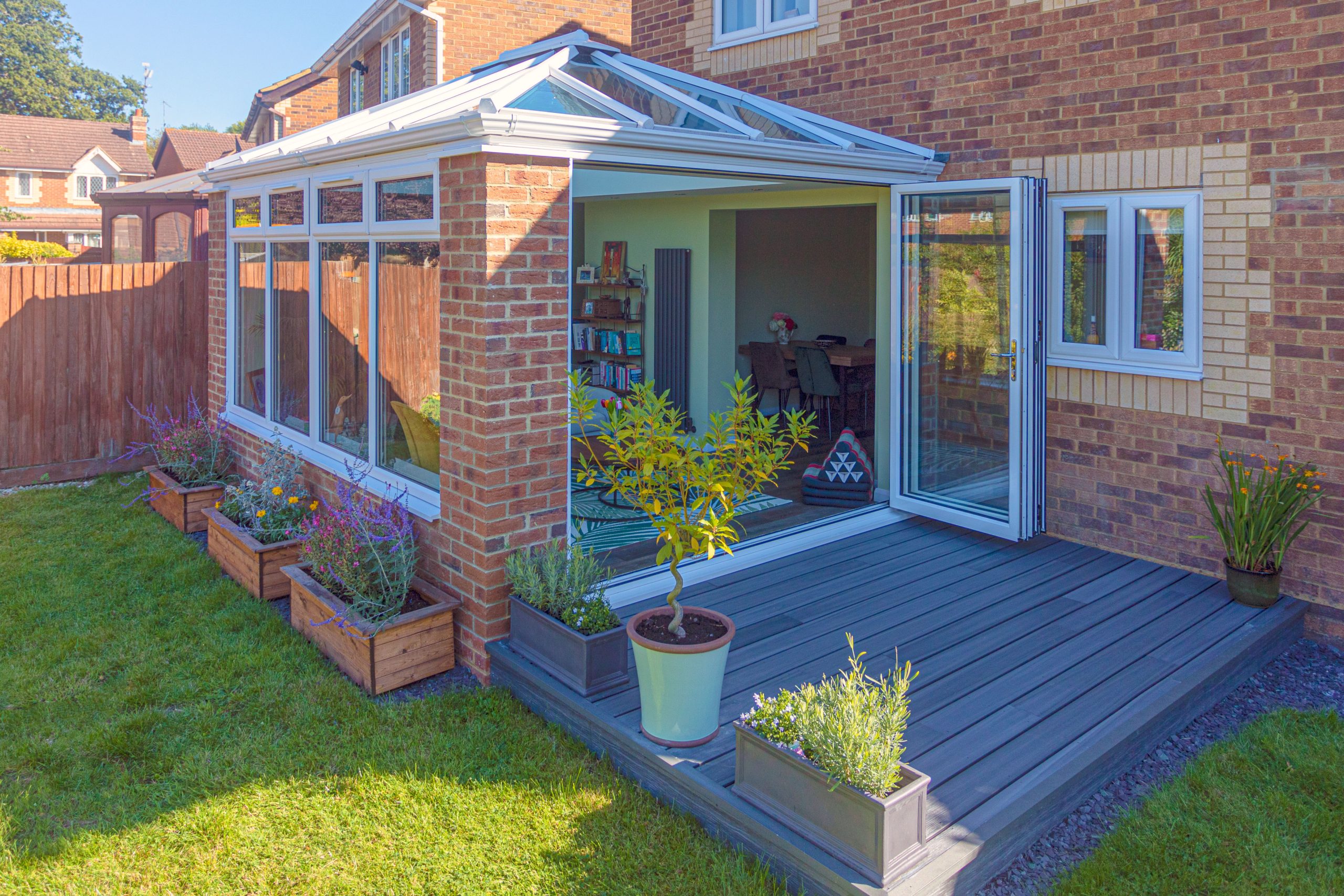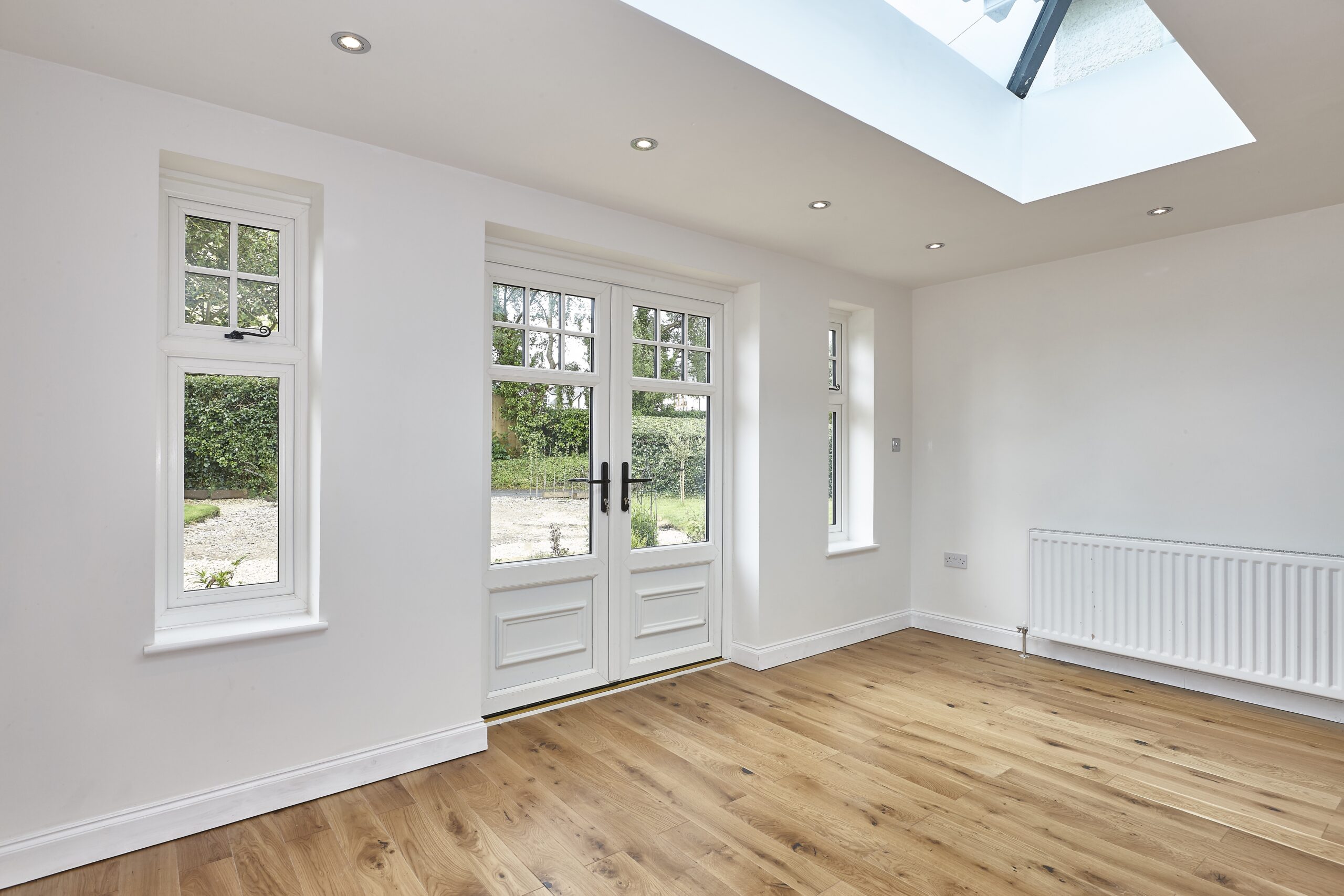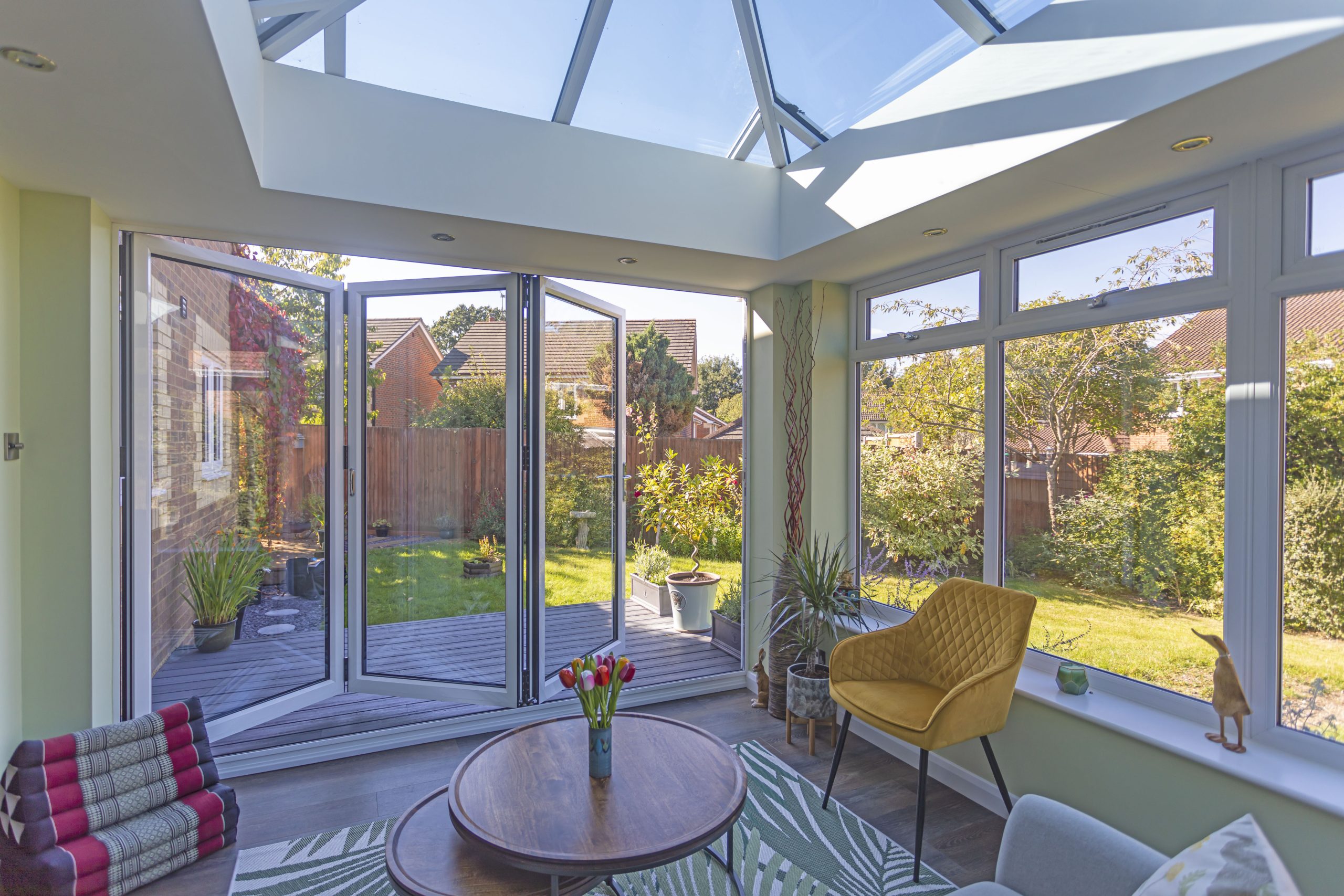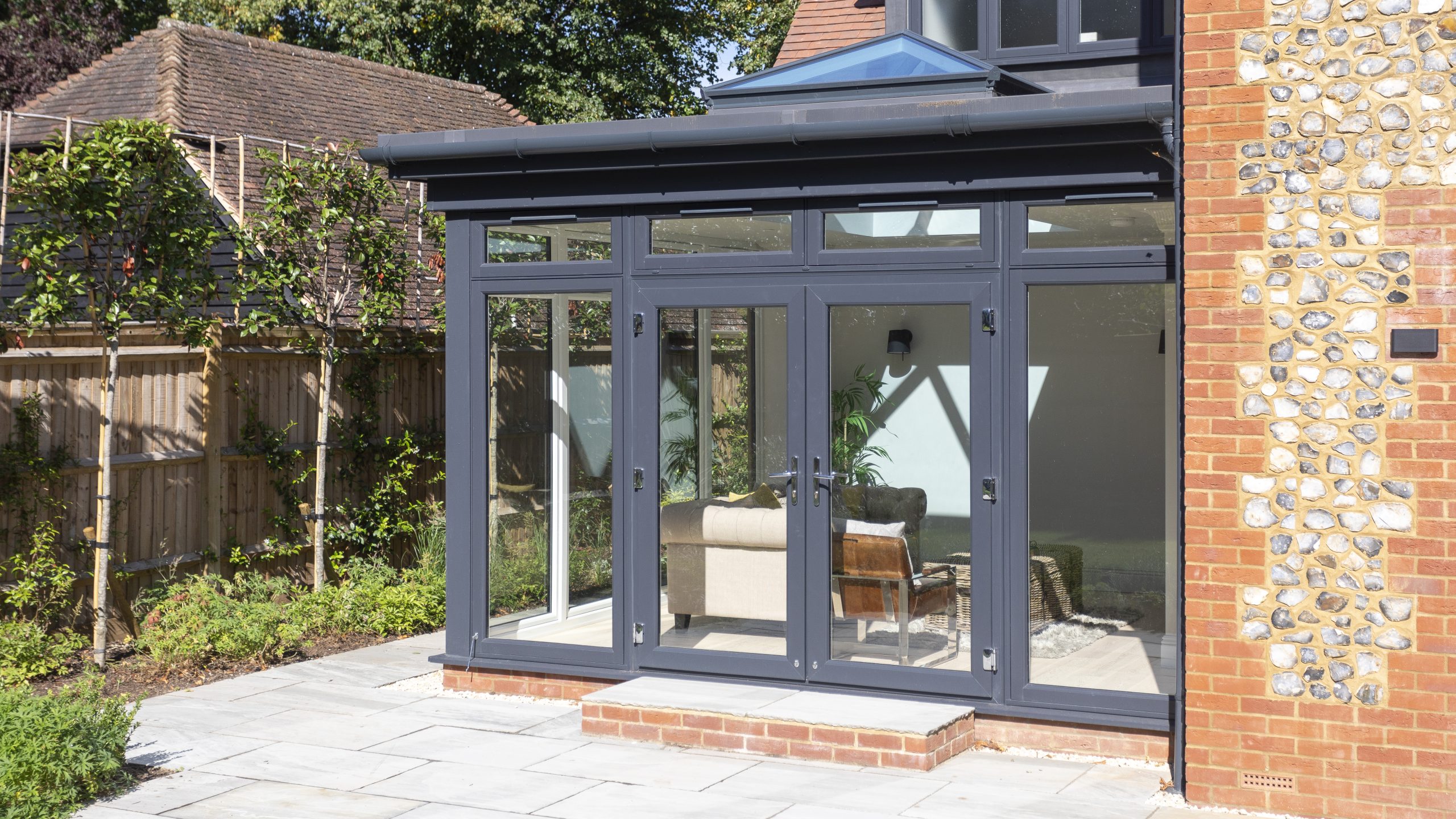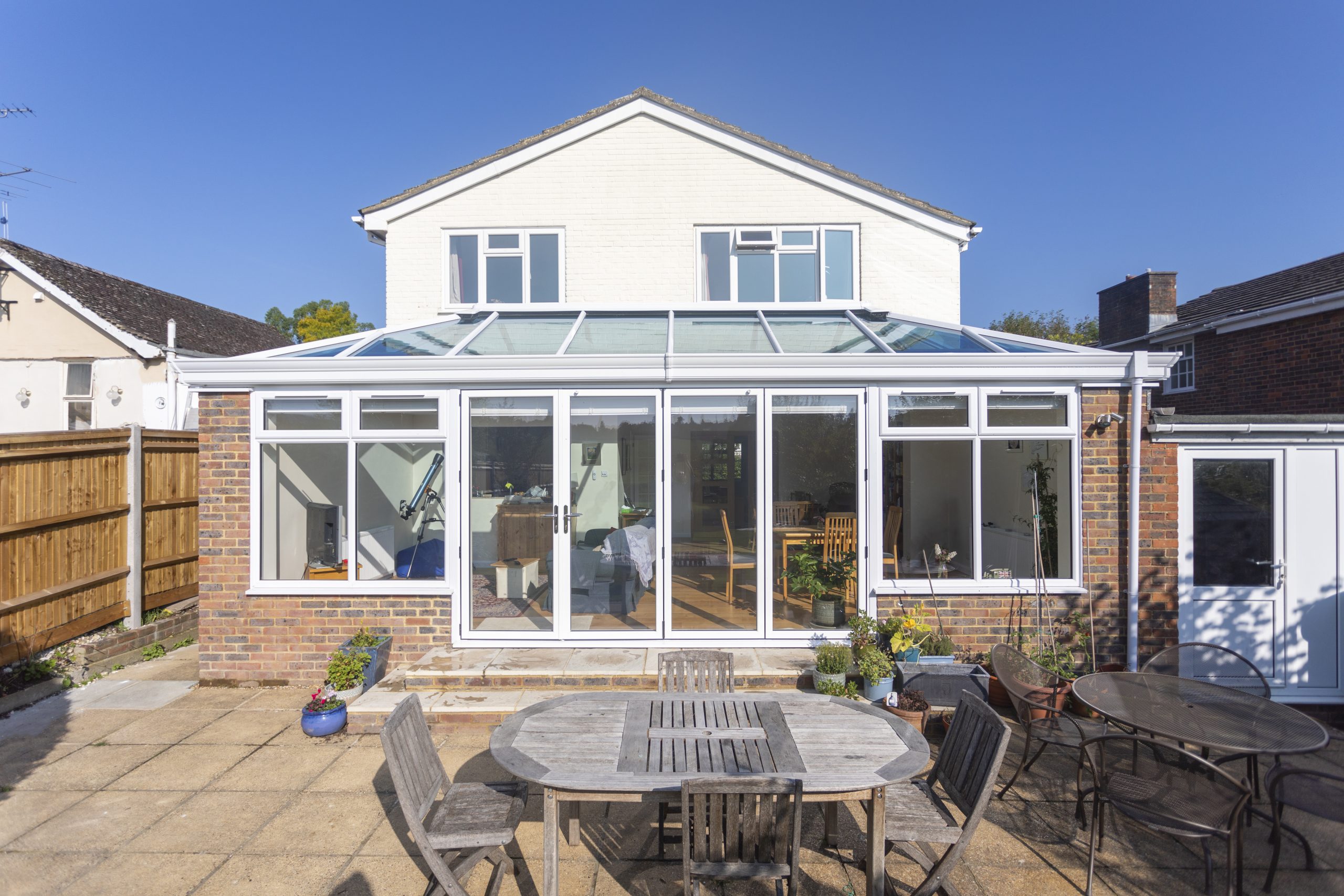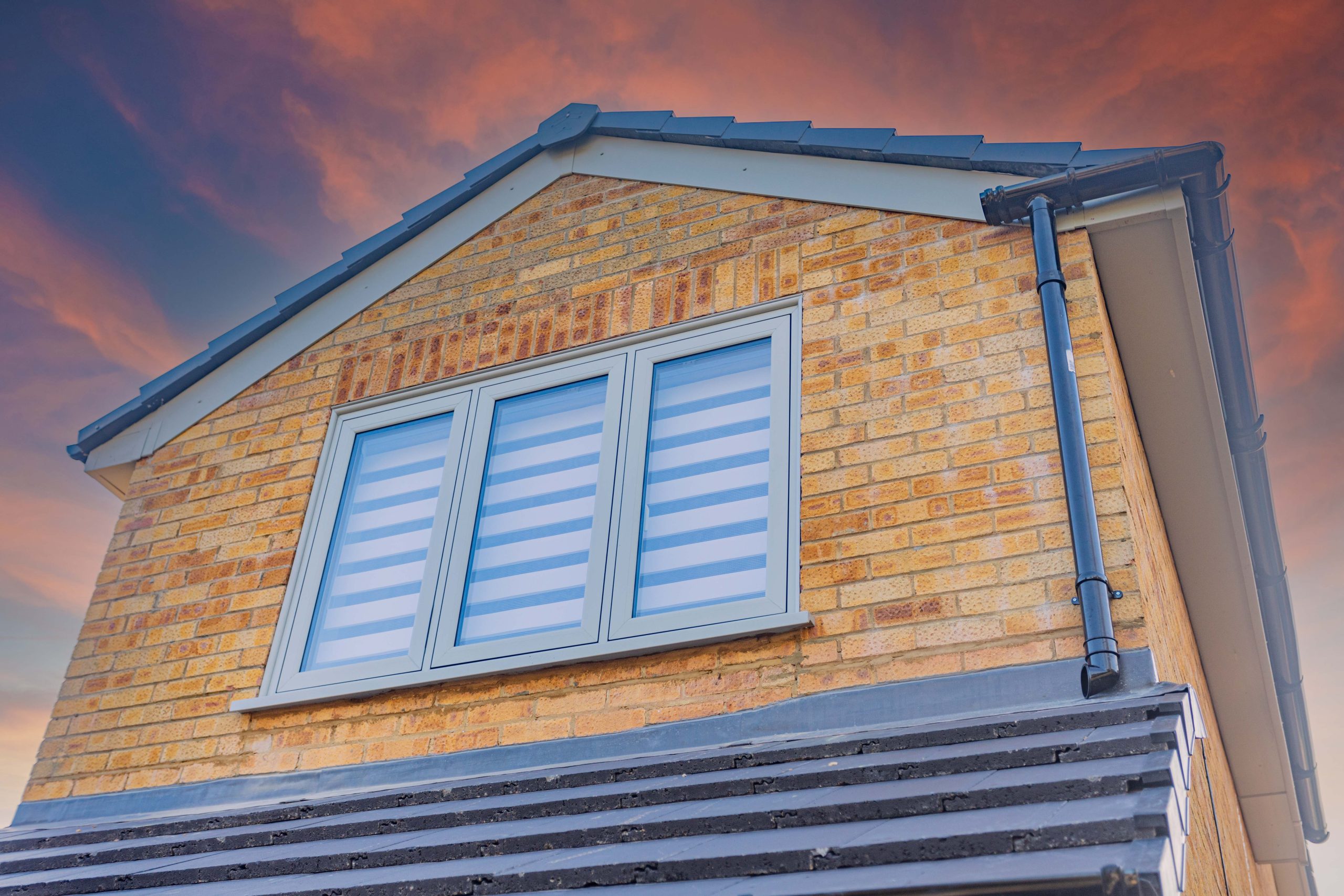SHOULD MY NEW WINDOWS HAVE CONDENSATION ON THE INSIDE?
Should my New Windows Have Condensation on The Inside?
Should my New Windows Have Condensation on The Inside? Whilst condensation on your windows can mean something negative, it can also be a sign that your new window installation is doing a fantastic job at insulating your home. However, the fact that water droplets are forming on the inside of your windows, can indicate a larger problem somewhere in your home that could need urgent attention. Here, we dive into some of the reasons why there might be condensation on your windows, and how to manage it before it becomes a problem.
Condensation On the Outside of Your Windows
So, you have had some new windows installed over summer, and autumn is around the corner. Colder nights have rolled in, but bright sunlight can still be seen early in the morning. You look out of your stunning new windows, only to see... condensation! How could this be? You just paid for brand new windows weeks ago!
Don’t panic. Condensation on the outside of your new windows is entirely normal. It occurs when the temperature of your glazing is colder than the temperature of the air around it; for example, when the early morning sun rises after a chilly night, you will find condensation on the outside of high-performing windows. This is a great sign that your new installation is doing a fantastic job of insulating your home from the cold. If your glass is colder, it means that your windows are not allowing any heat to transfer to the outside – meaning that your home is energy efficient and protected from the change in temperature that new seasons bring.
If the look of condensation bothers you, a great solution is simply to wipe it away. However, if you leave it alone, it will usually evaporate as the glass warms up with the temperature outside, leaving your windows clean and clear.
Condensation Between Two Panes
If you have condensation between the two panes of glass, then your windows are not performing as they should, which can be a bit unsettling – particularly if you just paid for new windows! It means that the air-tight seal has failed, allowing insulating gas to escape. This means that your home is not properly insulated from the weather, as well as being energy ‘inefficient.’ No matter how high you turn the dial on your heating, heat will just escape. Contact your installer for further advice on what to do. Your windows will be under warranty. Why condensation inside windows, between the glass, means the windows are not working as they should.
Condensation Inside Your Home
Condensation on the inside of your home is usually the result of one of your appliances that makes use of water. For example; your shower in the bathroom, or your kettle in the kitchen during and after its boil, or pots and pans as you are cooking (hopefully something tasty!). It can also happen in your bedroom and your utility room (think of the dryer pumping out lots of moist air as it dries those superman socks you bought for Father’s Day). This is a natural occurrence in your home, so you should expect to encounter some condensation in these rooms.
Here, we become Science Boffins (it’s an official job, we swear!). Water starts to evaporate at varying temperatures, but particularly when water reaches boiling point. It is then no longer in its liquid form. It becomes gaseous and is then airborne. Cold air contains much less energy than warm air, so, as the gaseous vapour travels out away from its source, it will land onto other surfaces. If it lands on your kitchen window, for example, (which will be much cooler in temperature than your room), it will hit the glass, lose the energy it needed to form as a gas, and turn back into its liquid state; forming condensation.
A great way to deal with this, is to make sure that your rooms are well ventilated. Leave a window slightly ajar or open an air vent. Ventilation is key to ensuring that your home remains free from such problems as mould and mildew, which can be detrimental to your health. This will also help with condensation inside and outside your windows.
When Vapour Becomes Mould
If water vapour has nowhere to go, you may start to see mould or mildew forming. This can be highly damaging to window frames and sills. Black spots of damp may start to appear on sills or the wall around your window, which suggests that the humidity inside your home is excessive. This can be particularly bad for your health, so should be dealt with quickly. If you are always breathing in heavy humidity, it can lead to further health conditions, so it’s worth getting some help to find a solution that compliments you and your home.
The Benefits of Double Glazing
Double glazing is one of those magic innovations in your home that is working away silently, providing you comfort and efficiency. Inert gas, called Argon, is pumped between the two panes of gas, stopping warm air escaping, and cold air from intruding. As the gas prevents the heat from escaping, it is conducted effortlessly back into your home; ensuring that your house stays insulated and warm; protected from the cold. Double glazing’s ability to prevent heat from moving from the inside of your home to the outside is incredibly valuable, but particularly noticeable when it is not functioning as it should.
Taking Action, Today
Water gathering internally can damage your windows and sills, so dealing with the problem sooner, rather than later, means eliminating damage to your home, and even to your health. Having new windows installed by a FENSA approved installer, like Brackenwood, means that you have peace of mind when it comes to quality and security. With a ten-year guarantee, we have confidence in the quality and installation of our BSI Kite-marked windows and doors.
If you see condensation in your home on more than one occasion, make sure you act quickly, to ventilate your home correctly. Remember: if condensation is forming on the inside, it usually means that your windows are performing well, but that the ventilation in your home is poor. Look at our strategy below, for a clear plan of action to solving condensation problems in your home.
Plan of Action
Condensation Inside:
· Identify the problem area
· Ventilate by opening a window/ air vent
Condensation Outside:
· Wipe it away/ or wait for it to evaporate
Condensation Between Panes:
· Call your installer immediately – the air-tight seal has failed
So, to answer the question, should my new windows have condensation on the inside? Yes and No. At Brackenwood, we provide a ten-year guarantee for all our installations, providing exceptional service to our customers long after the installation is complete. If you have any questions or would like to discuss any condensation in your home, please contact one of our team, today, to find out more.









